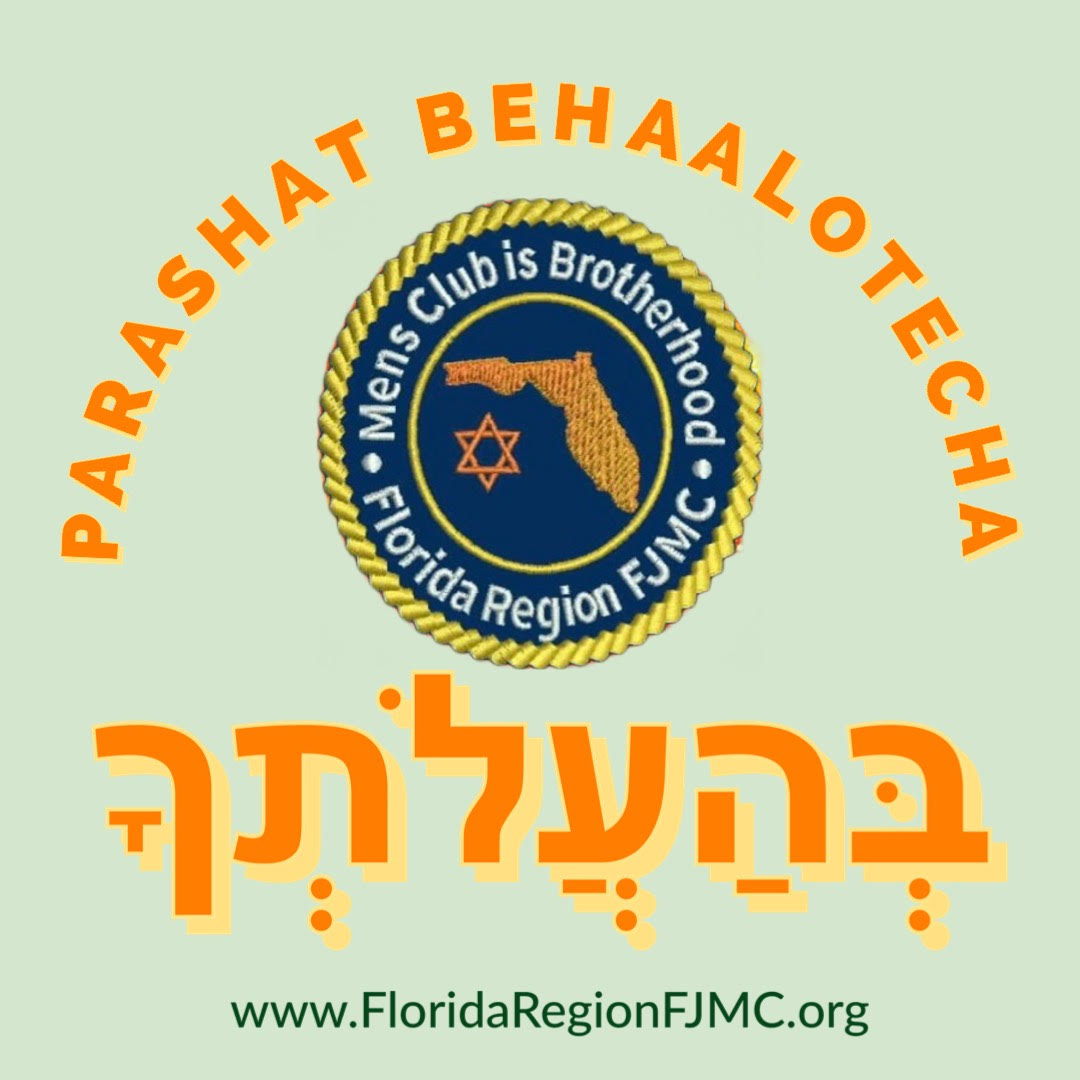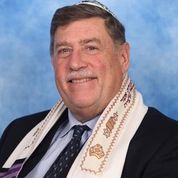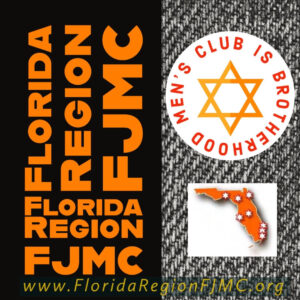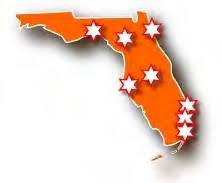
When you Choose Shabbat, you choose to learn that every Shabbat is different and special. Last week I learned about Parashat Behaalotecha (בְּהַעֲלֹתְךָ), the 36th weekly Torah portion in the annual cycle of Torah readings.
According to Wikipedia, Behaalotecha (בְּהַעֲלֹתְךָ), Numbers 8:1 to 12:16, contains 7,055 Hebrew letters, 1,840 words, 136 verses and makes up 240 lines of the Torah scroll.
Rabbi Michael D Klein of Temple Torat Emet offers his insights on this week’s Torah reading, Behaalotecha:
“The Sedra Behaalotecha almost appears to be 2 separate subjects. The first section gives us the commandments of lighting the 7 branched Menorah, the order of marching, and how the Mishkan and the Tent of Meeting was to be assembled and disassembled when marching and encamping from one location to another.
We are given a description of the Pillars of fire and cloud which surrounded the Nation of Israel and provided guidance and protection. We are also given the description of how communication was established by various blasts of Shofrot that could be heard throughout the camp.
We are now ready to read “Veyehi Binsoa” -the same section of the services we read when the ark is opened and the Torahs taken out of the ark. Thus, we were able to begin the triumphant march toward the Land of Israel.
All is going well until….. As the march begins, people are beginning to realize that the march, originally planned to only last a few months, would be through the desert, during the hottest months of summer! Moses’ father in law, Jethro leaves and returns home to Midian. They begin a three-day march to Taberah. The people are thirsty, and hungry and hot and uncomfortable. They begin to complain bitterly to and about Moses and begin to doubt whether the effort is worth the journey to a place which has never been seen and only a promise from G-d.
Moses comes to G-d to share the people’s unhappiness and is granted the assistance of 70 elders of the tribes. Two of the elders, Eldad and Medad receive the Spirit of G-d and begin to prophesy to the people. G-d sends an east wind which brings flocks of quail for the people to eat but still they are not satisfied and many die by plague. Miriam begins to speak Lashon Hara against Moses and becomes leprous. Finally, we are given insight into the nature of Moses who is described as a humble servant who speaks to G-d directly. The Sedra ends with Moses praying to G-d on behalf of Miriam with one of the shortest and most poignant prayers seen in the Torah, “G-d please heal her now”. As we will see, the drama will continue for the rest of Bamidbar.
The most important question to ask ourselves is, if we were there, how would we have reacted to all these dramatic events? Would we have been one of the complainers or one of the supporters? Each of us must answer this question personally!
Questions to Consider:
- How does the Torah describe the difference between Eldad and Medad communicate with G-d compared to Moses?
- Why is the concept of prophecy so important for future events in the Tanach?
- What is the connection between the Nega Tzaraat and the Lashon Hara of Miriam?
- Why is the appointment of the 70 elders so important in the history of our people?“
Rabbi Michael D. Klein attended Yeshiva College of South Florida and served as Torah Reader, Hebrew teacher, Chazzan and spiritual leader of various synagogues throughout South Florida. In January 2015 he became Ritual Director, Bnai/Bnot Mitzvah instructor and 7th grade Hebrew instructor for Temple Torat Emet of Boynton Beach. In October 2019 he was accepted into an accelerated track and received his shicha from Yeshiva Adath Wolkowisk and has been the Rabbinic leadership of Temple Torat Emet since August 2020. In September of 2022 he was appointed Rabbinic and Spiritual Advisor of the Florida Region of FJMC.
Choose Shabbat; choose to celebrate, to light candles, sing songs and learn a little Torah.
This moment of Jewish Learning is brought to you by the Florida Region of the Federation of Jewish Men’s Clubs (FJMC). We are part of a confederation of over 200 Jewish Men’s Clubs and Brotherhoods representing over 20,000 members across the United States, Canada, Latin America, and beyond. Learn more about how your Jewish Men’s Club or Brotherhood can affiliate with the FJMC at: https://www.fjmc.org/content/affiliating-fjmc.
The Florida Region of FJMC serves the needs of affiliated Men’s Clubs and Brotherhoods throughout the State of Florida. Get to know more about the FJMC Florida Region and our growing network of Jewish Men’s Clubs and Brotherhoods at www.floridaregionfjmc.org and please visit and LIKE our Florida Region FJMC Facebook Group at www.facebook.com/FloridaRegionFJMC.








